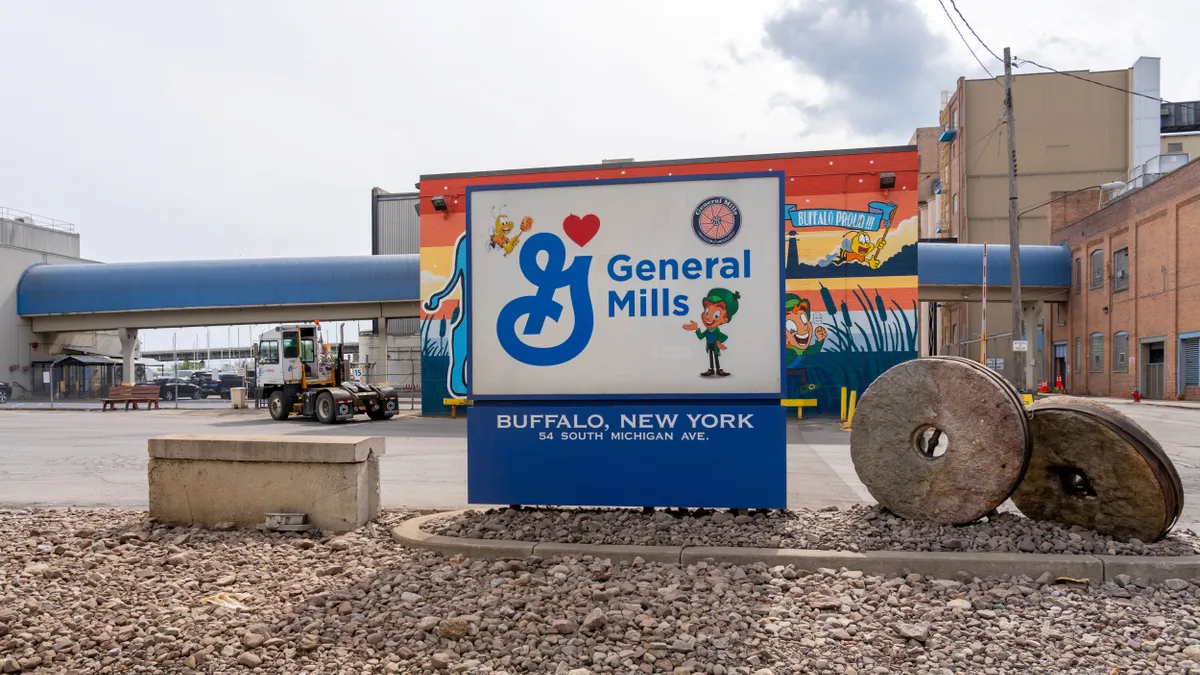As COVID-19 continues disrupting office culture, companies who previously adopted automation are having an easier time adapting mission-critical processes to the realities of remote work, enabling business continuity. Automation technologies allow organizations to remain agile and more responsive to changing business conditions and customer needs, but not all solutions are made alike.
The problem with traditional approaches
Some early adopters of legacy automation technology are finding themselves at a dead-end; they were promised end-to-end automation across their business processes, but instead, they are faced with the reality of needing to throw significant time and money into on-going maintenance and development for new functionalities.
It's reported that 70-80% of IT budgets are spent on system maintenance, and even with investment, these systems struggle to accommodate unexpected surges in business, new use cases, or changing regulatory or customer conditions. As these companies continue applying band-aid solutions, they fall deeper into technical debt.
Robotic Process Automation (RPA), as one example, has emerged as a quick fix. And while RPA can take existing, well-defined tasks and automate them, it's limited in scalability because it lacks the flexibility and intelligence needed to handle increasingly complex - and dynamic - data inputs and business processes. Simply put, RPA keeps companies bound to their existing way of doing things - even if the underlying process is flawed.
Another limitation of RPA - and many other legacy tech tools - is its inability to extract data from diverse document sources and formats. Today, the vast majority of information - more than 80% by 2025 according to research firm IDC - that enterprises need to conduct their business lives in unstructured document data, such as forms, images, and PDFs, which is inaccessible to RPA tools. This is a major roadblock since accurate, reliable data is the critical first step needed for decision-making and taking action as a part of a larger business process, whether it's approving someone for a mortgage, processing a claim, or onboarding a new customer.
These tools aren't living up to their expectations, and as companies continue grappling with the cost and other pains associated with piecemeal approaches or other large-scale modernization projects, they're looking for a better alternative.
A new, software-defined approach
Now imagine a future where enterprises build, run and manage business processes like software. It's a world where processes are made up of modular blocks, workflows and solutions that can connect together to turn complex processes into low-code apps and solutions triggering human-machine collaboration.
When deciding whether or not to insure someone, for example, documents (such as an application, a medical exam questionnaire and supporting medical records) are reviewed for key information. In this new software-defined world, an intelligent solution would receive, read and extract the required data and pull in the necessary information and resources it needs, including employees via human-in-the-loop functionality, to support decision-making.
A key part of the software-defined approach is machine learning technology that becomes "smarter" and more capable as it is fed more data. This results in a more synergistic way of working – the creation of a new digital assembly line where work is divided between people and machines based on the needs of the task and strengths of each. Decisions will be made quicker, based on the most accurate data available, and by the most suitable and knowledgeable resource.
Business processes will become measurable, scalable and automated by humans and machines working in tandem, eliminating manual processes, increasing the quality of business decisions, and leading to more performance-driven organizations.










